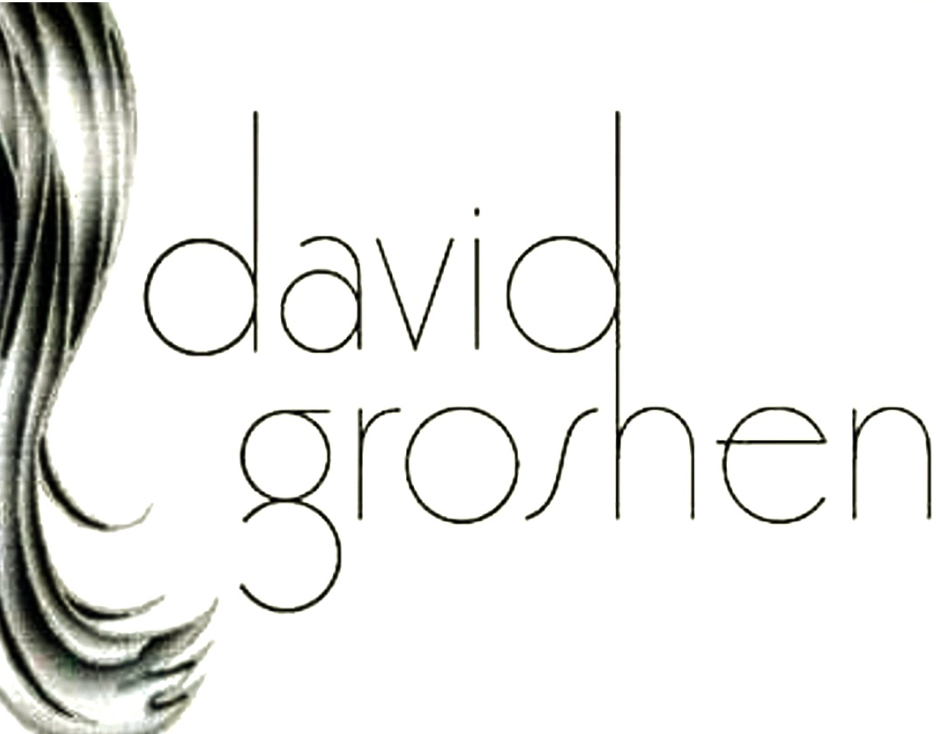Ask David
Ask David About You!
Ask David About You! Please fill in the form below to send David a personal message. You can ask a question, tell him about an experience you had, or just say hello! Your message may be posted to the website, where David will be able to publicly comment on it.
Can hair extensions made with bonding technique be pulled into ponytail?
Hair can absolutely be styled into a pony tail! We always place hair in such a way as you can pull it back... check out Jade in my extension gallery she has very thin hair and we pulled it back to make exactly that point.

